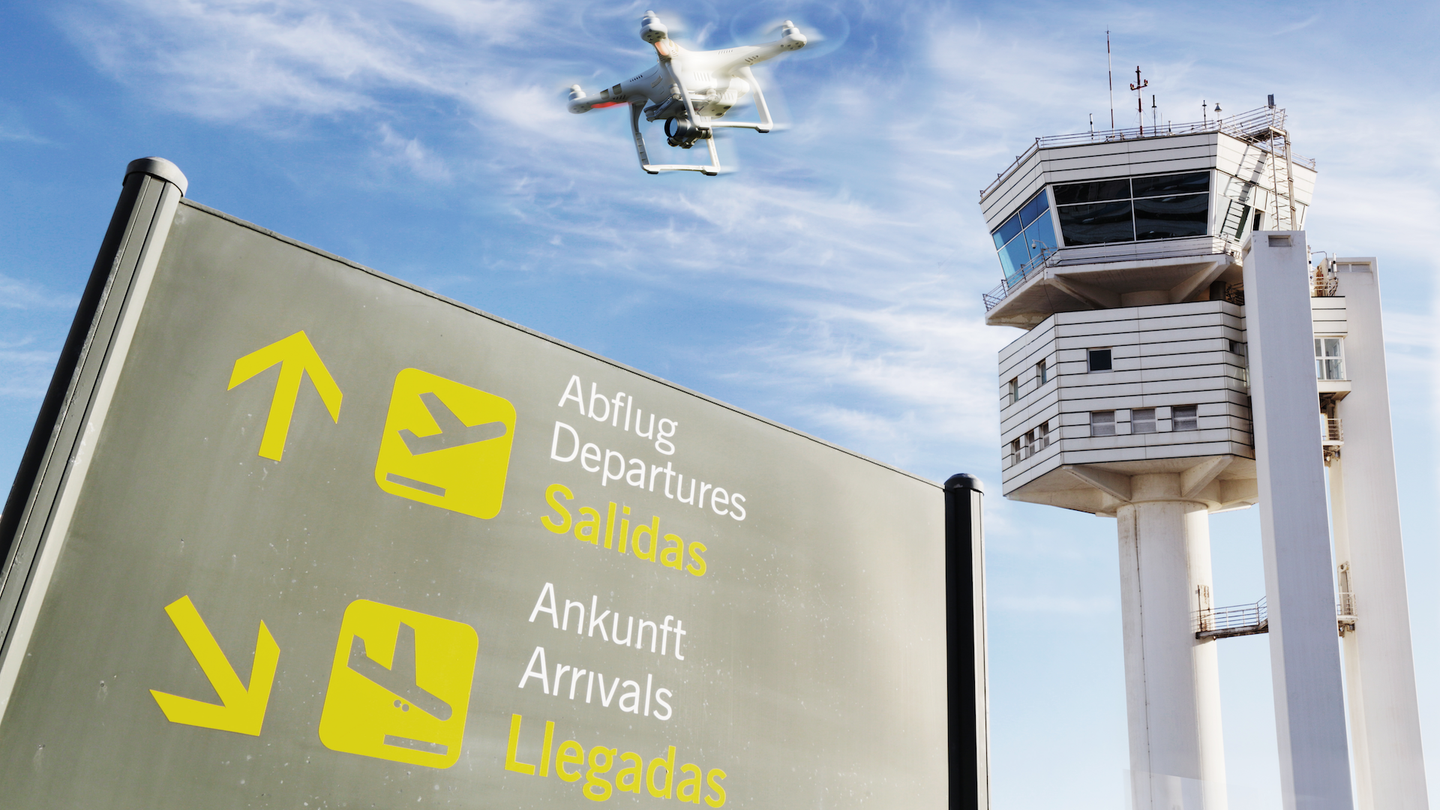Europe Wants to Consolidate its Autonomous Drone Laws by 2019
The EU has issued a press release detailing its goals to implement new air traffic management systems for Europe by 2019.

While the United States has made some strides in unifying and consolidating its major drone laws, funding various projects focused on autonomous drones and air traffic management systems, Europe has been lagging behind in certain respects. Federal laws work as umbrella legislations here, whereas Europe has to manage and organize legislative implementations across its 28 member states, which may have previous or contradictory laws in place. This has been a damper in creating cohesion in the legislative landscape of Europe's drone activity, of both hobby and commercial use, with a strong need for cohesive air traffic management systems in place.
NASA has been working on this quite intensely lately, and Europe is wise to feel behind. Some claim that billions of Euros are on the line, by drone-related business and innovation being restricted by the lack of an overall set of rules. Last Friday, however, the EU Commission released a statement describing its request for creating a European air traffic control system to be undertaken by "Single European Sky Air traffic management Research Joint Undertaking" (SESAR), which will consolidate Europe's autonomous drone laws by 2019.
Why the sudden hurry to get these things in place? Well, the rapidly growing use of commercial drones for businesses is a boon for the corporate sector of a state, and Europe wants to be a part of that.
"Drones mean innovation, new services for citizens, new business models and a huge potential for economic growth," EU Commissioner for Transport, Violeta Bulc said. "We need the EU to be in the driving seat and have a safe drone services market up and running by 2019. The EU needs to take a leading role worldwide in developing the right framework for this market to flourish, by unleashing the benefits for key economic sectors."
Of course, the framework Bulc mentioned will also help keep unwelcome aerial visitors from invading certain airspace, found above what Texas calls "critical infrastructures" such as farm, oil or gas facilities.
The EU Commission has committed to the aforementioned goal of 2019, and only time will tell how Europe's air traffic management systems will change or how closely they'll hue to the ones in the United States. For now, the goals addressed in the European Commission's press release are functional and seem like sound benchmarks to strive for. Take a look at some of the related articles below, for examples of past air traffic management complications and resolutions.
